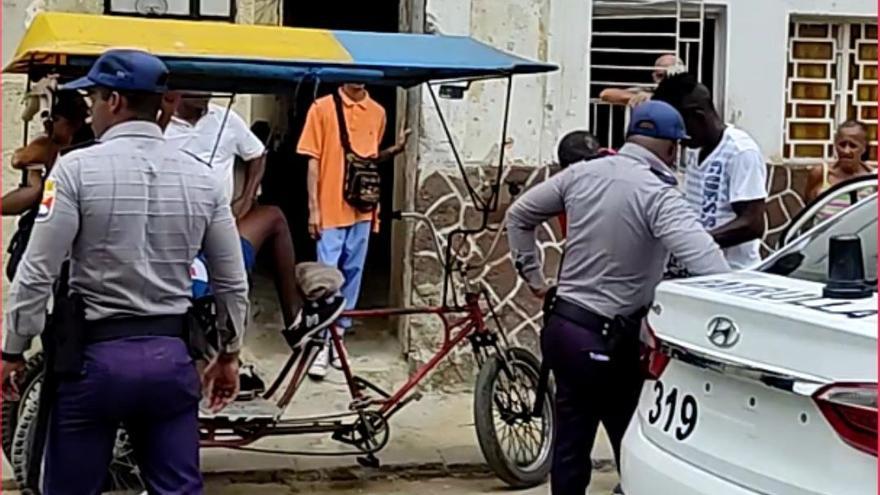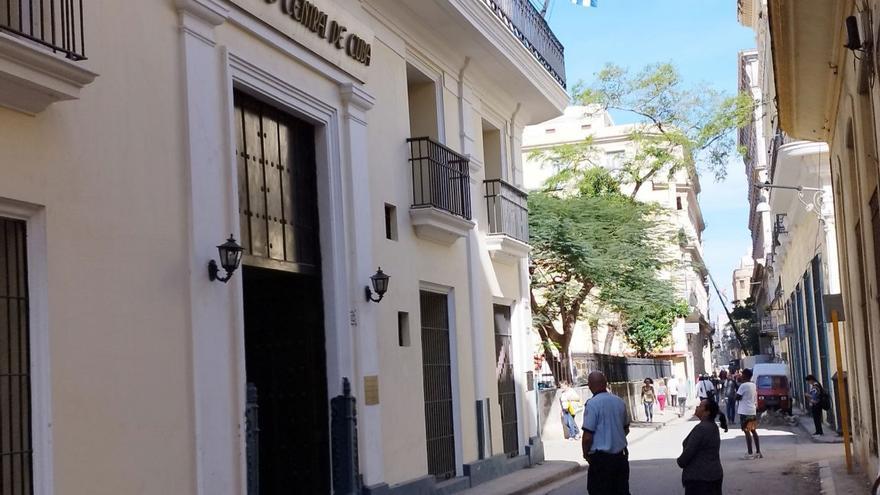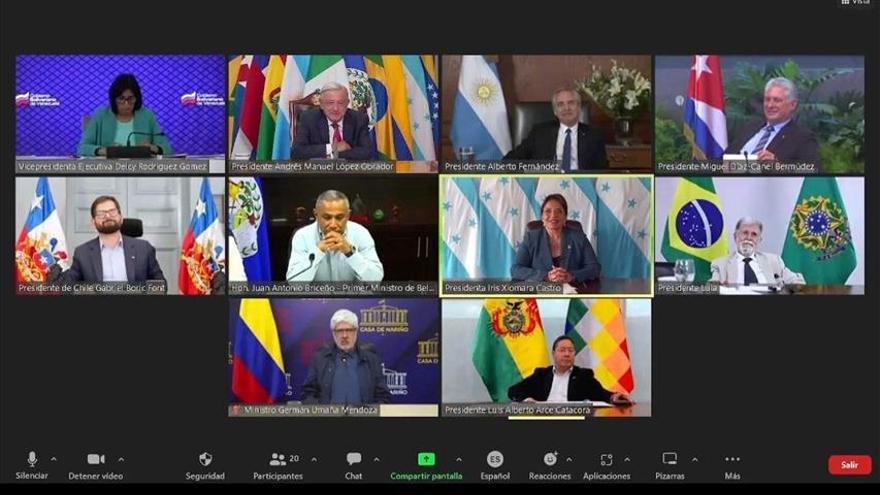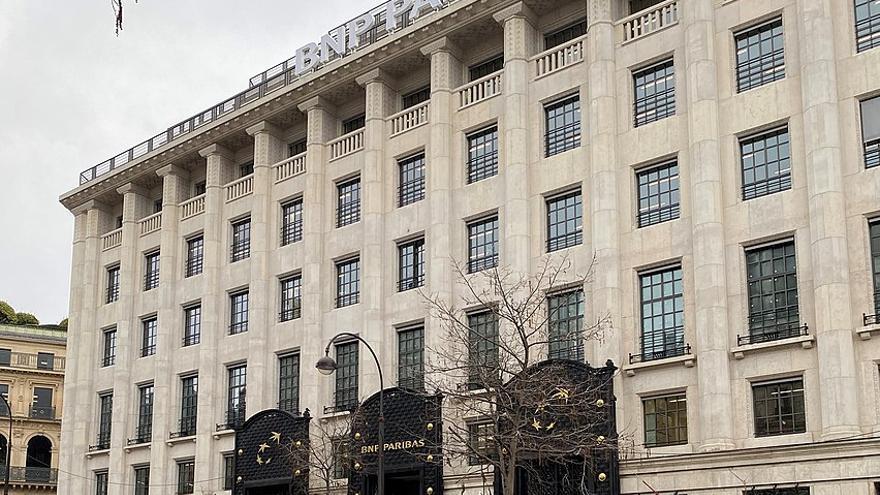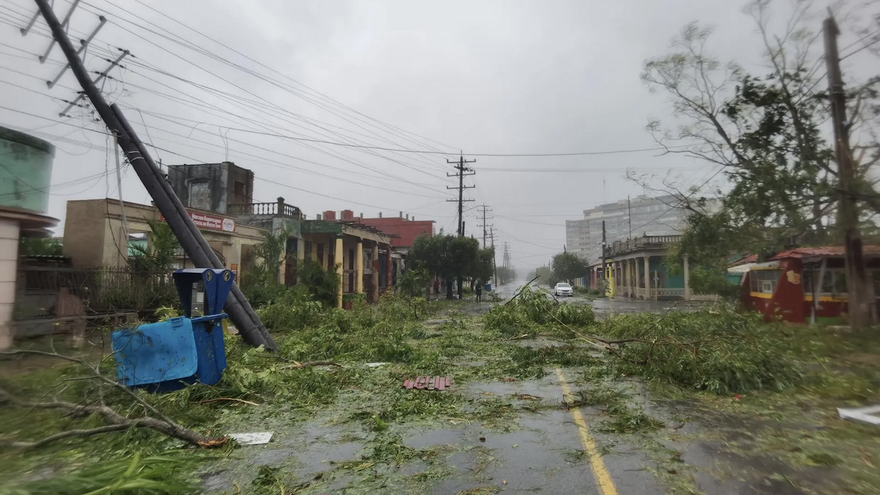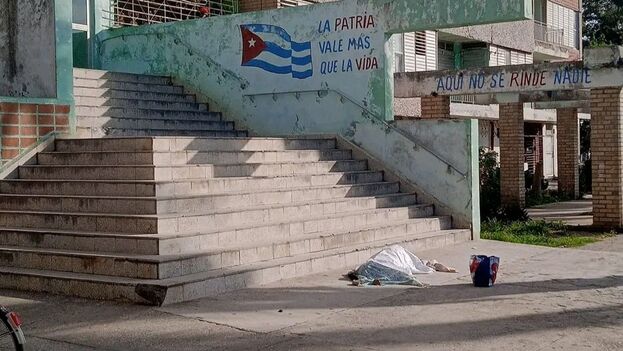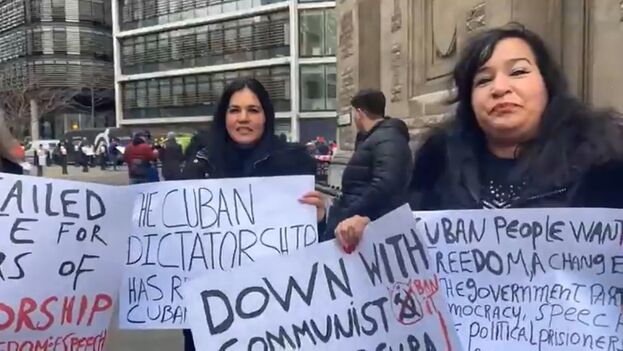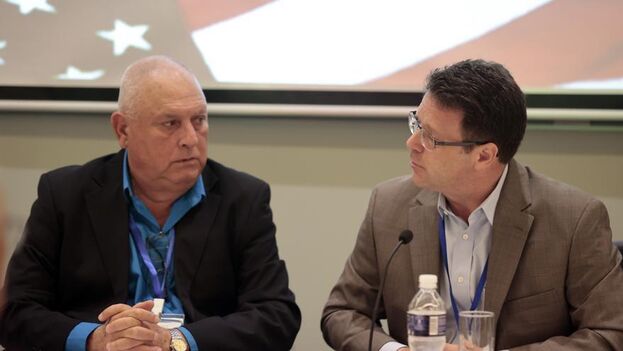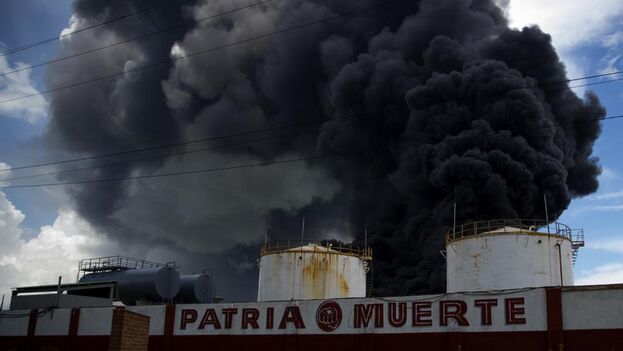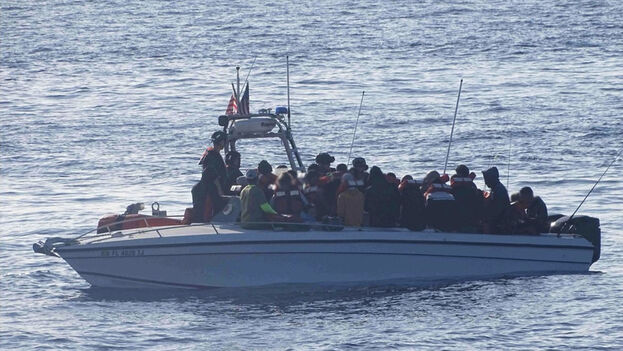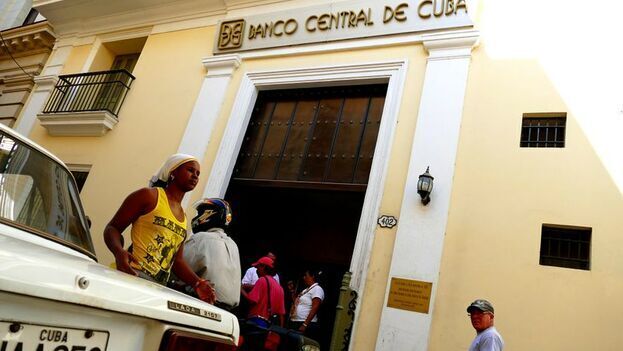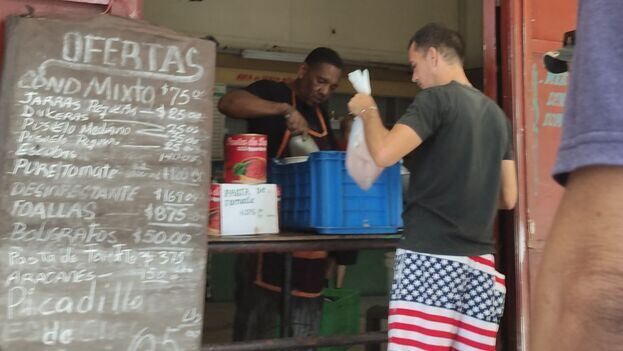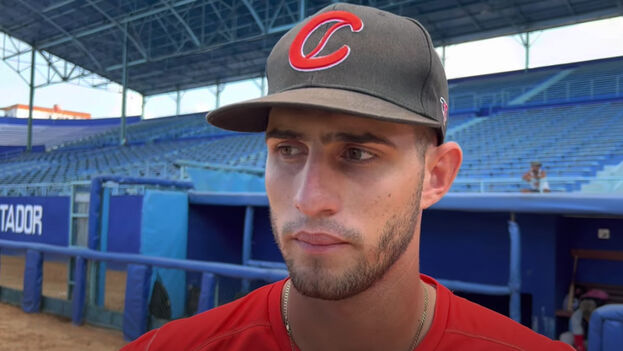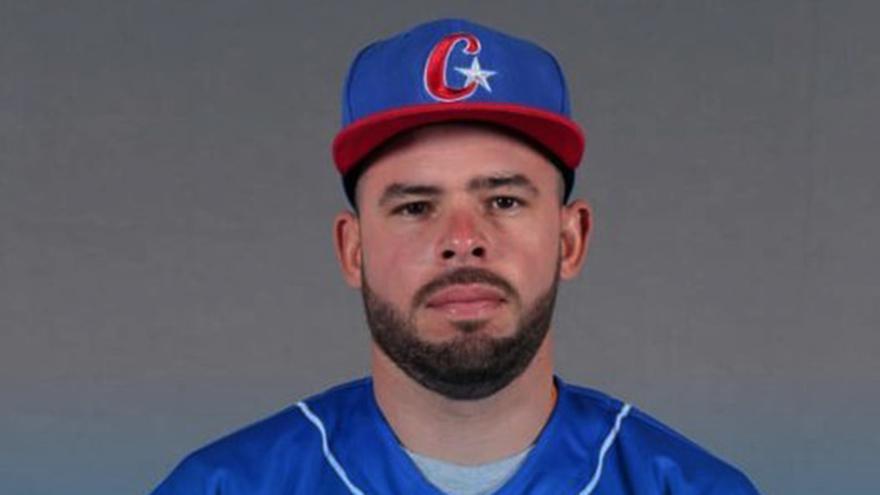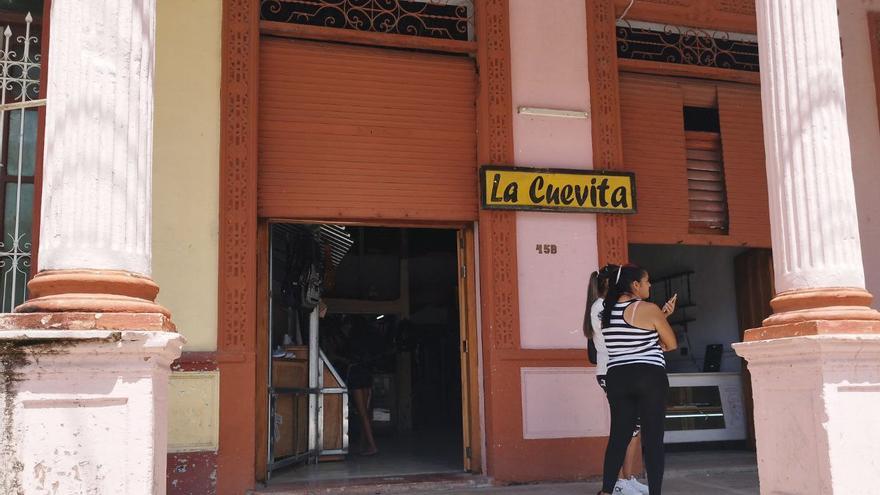
![]() 14ymedio, Mercedes García, Sancti Spíritus 3 April 2023 — “There have always been people with money here,” says a vendor of household utensils in Cabaiguán, a town in Cuba’s Sancti Spíritus province. He is talking to a recently arrived visitor from another province, who is surprised both by the wide range of products the vendor has for sale as well as their high prices. “Everything here is imported. What the ’mules’ don’t bring in, we get from mipymes (small and medium-sized private businesses, or SMEs).”
14ymedio, Mercedes García, Sancti Spíritus 3 April 2023 — “There have always been people with money here,” says a vendor of household utensils in Cabaiguán, a town in Cuba’s Sancti Spíritus province. He is talking to a recently arrived visitor from another province, who is surprised both by the wide range of products the vendor has for sale as well as their high prices. “Everything here is imported. What the ’mules’ don’t bring in, we get from mipymes (small and medium-sized private businesses, or SMEs).”
Among the merchandise in the store, which is located in a house dating from the early 20th century, are small metal shelves for food storage, kitchen utensils, wall decorations, clocks and containers to store everything from food to tools to cosmetics. “Tell me what you’re looking for and we’ll have it in Cabaiguán,” he tells the visitor, whose only interest is finding a matchbox. “A simple one or a flashy one?” asks the merchant.
The wide selection of goods in Cabaiguán is due, in part, to the large number of area residents who have Spanish nationality. “This is the Canarians’ Cuban perch,” says Leopoldina, an 82-year-old retiree who was among those who met last February with the Canary Islands’ president, Angel Victor Torres, during his trip to Cuba. Having a Spanish passport has changed people’s lives here because it allows them to bring things over and sell them.”
Among the city’s most prosperous private businesses is La Cuevita, which takes its name from a big open-air market in Havana. The business is located in a very large house, which extends across and entire block. Each room houses a different shop, each specializing in clothes, dishes, shoes or household appliances. There are no dark or dangerous corners. The store has ample lighting, smiling employees and a wide variety of products. continue reading
“They’re well stocked. The clothing stores are all very well designed so people don’t leave without buying something. They’re cozy, well organized and easy for customers to find what they’re looking for,” says Jorge, a resident of Sancti Spiritus who is on a short visit to the town. He admits he is impressed by the wide variety of products, things he cannot find in the provincial capital. “I’ll be coming here every time I need to buy something.”
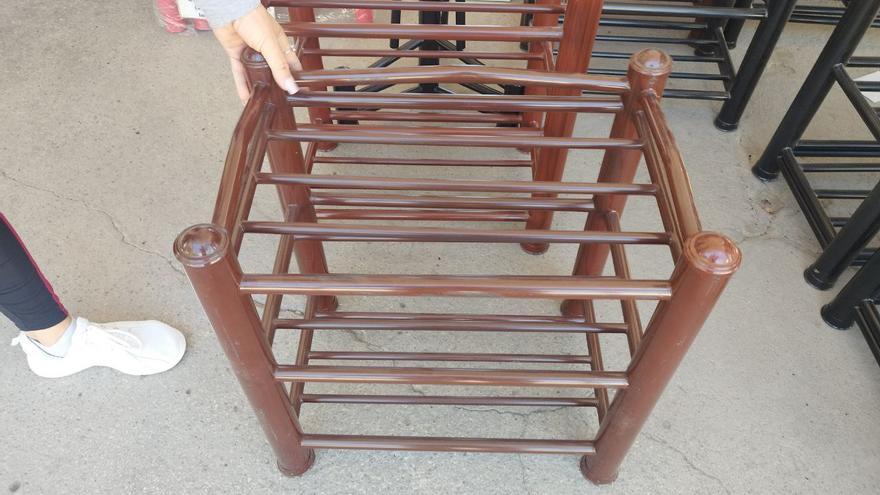
La Pinta, named for one of Christopher Columbus’s ships, is one of La Cuevita’s main competitors. Customers enter through what was once a family’s living room. Subsequent rooms display hardware, women’s clothing, children’s toys, mobile phone accessories, imported coffee, vitamins and nutritional supplements. Most of the merchandise comes from Mexico, Panama or other neighboring countries.
“In this town we’re advanced,” boasts a resident who is selling a wide range of bathroom hardware items: sinks, hoses, drains, and sanitary fittings. “Before, people here used to live off the land but now they live off this,” he says, pointing to packages of white cement and some silicone tubes that are part of his extensive stock. “We’re the town of the three C’s: Cuban, Canarian and commercial. A list to which one snarky passerby adds, “And costly too.”
____________
COLLABORATE WITH OUR WORK: The 14ymedio team is committed to practicing serious journalism that reflects Cuba’s reality in all its depth. Thank you for joining us on this long journey. We invite you to continue supporting us by becoming a member of 14ymedio now. Together we can continue transforming journalism in Cuba.

